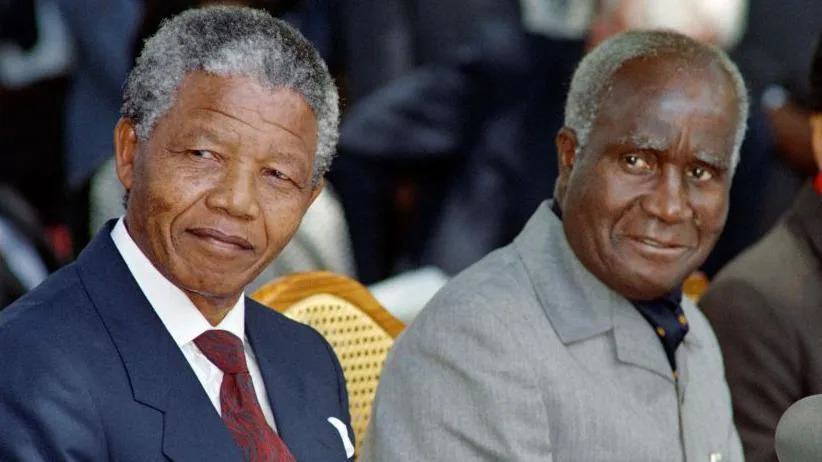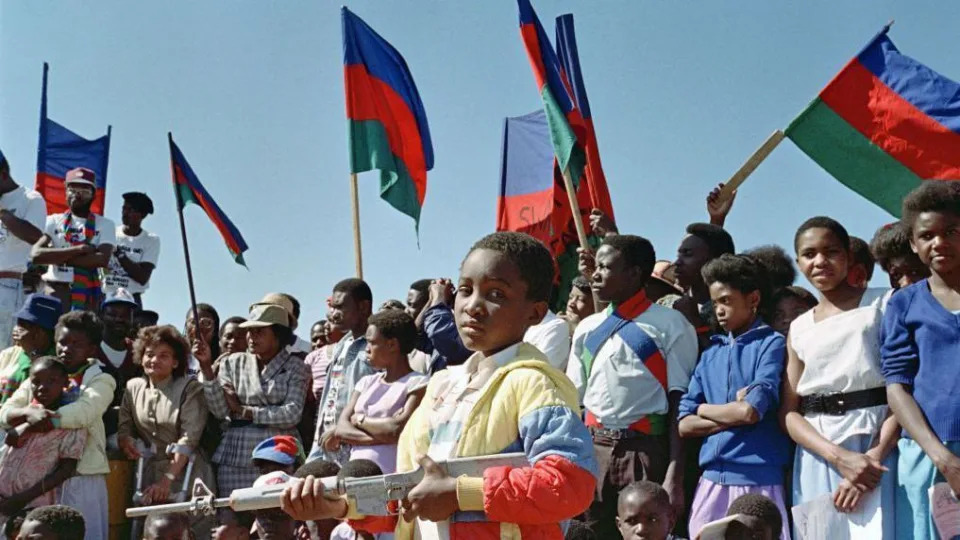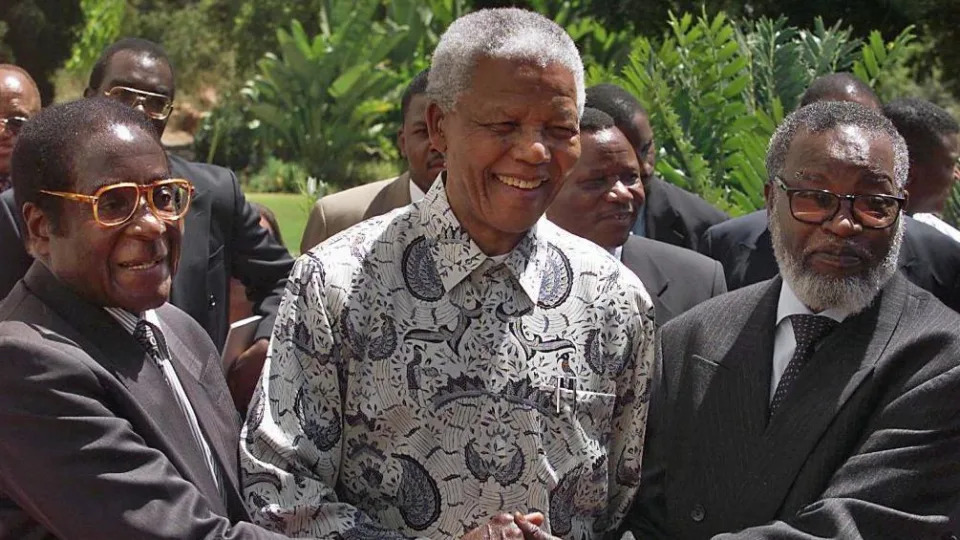DPA
Tue, June 11, 2024

The Uber logo can be seen at the headquarters of the ride service provider. Andrej Sokolow/dpa
The transport service provider Uber is opening its app to all taxi companies throughout Germany, whereas until now, it was only possible to book journeys with Uber in 16 German cities.
Taxi drivers and car-hire companies will now be able to use Uber nationwide. This would allow companies to tap into additional sources of revenue without monthly membership fees or long-term contracts and significantly increase their capacity utilization and turnover, the company explained.
Uber already changed its global strategy months ago. Originally, Uber primarily brokered the services of competitors to taxis. The company is now also trying to attract taxi drivers to its platform. In cities such as Berlin and Munich, taxis can already be booked via the US-founded company's app.
According to Uber, around 20% of all taxis in the capital are already working with the platform. Across Germany, there are more than 4,000 taxi drivers.
Christoph Weigler, head of Uber Germany, said that by opening the app to all taxi drivers across Germany, Uber was emphasizing its interest in being a partner to the taxi industry in Germany.
"Taxis can also benefit from digitalization, active advertising for customers and the high demand on our platform," the company said. The digital booking of services has become the standard. "With the Uber app, we offer the technological solution and provide taxi drivers with additional orders simply and transparently."
The German Taxi and Rental Car Association is sceptical about working with Uber. Cooperation can only be considered between serious business partners and "there are considerable doubts about Uber," Michael Oppermann, managing director of the association, said in an interview with broadcaster RTL/ntv.











